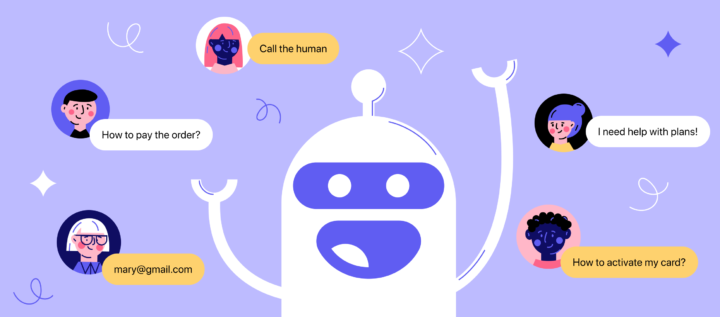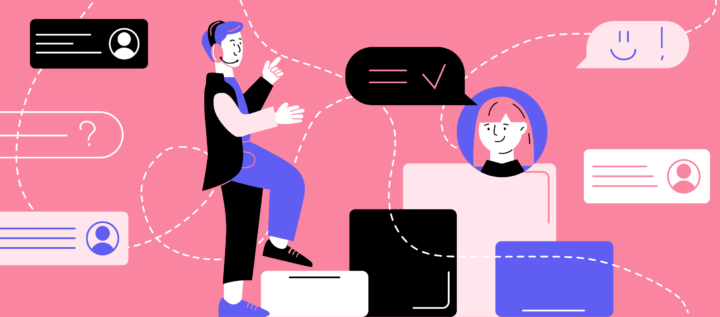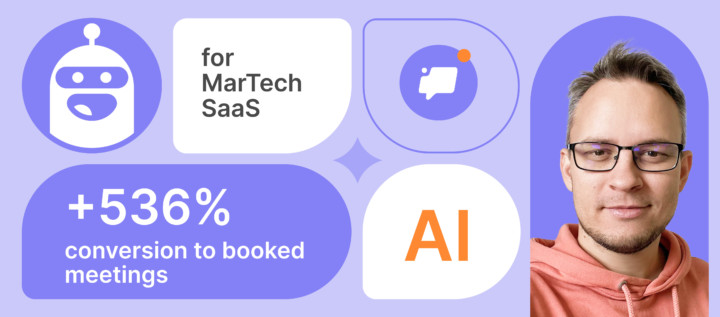AI customer support: How AI is transforming customer service and customer expectations
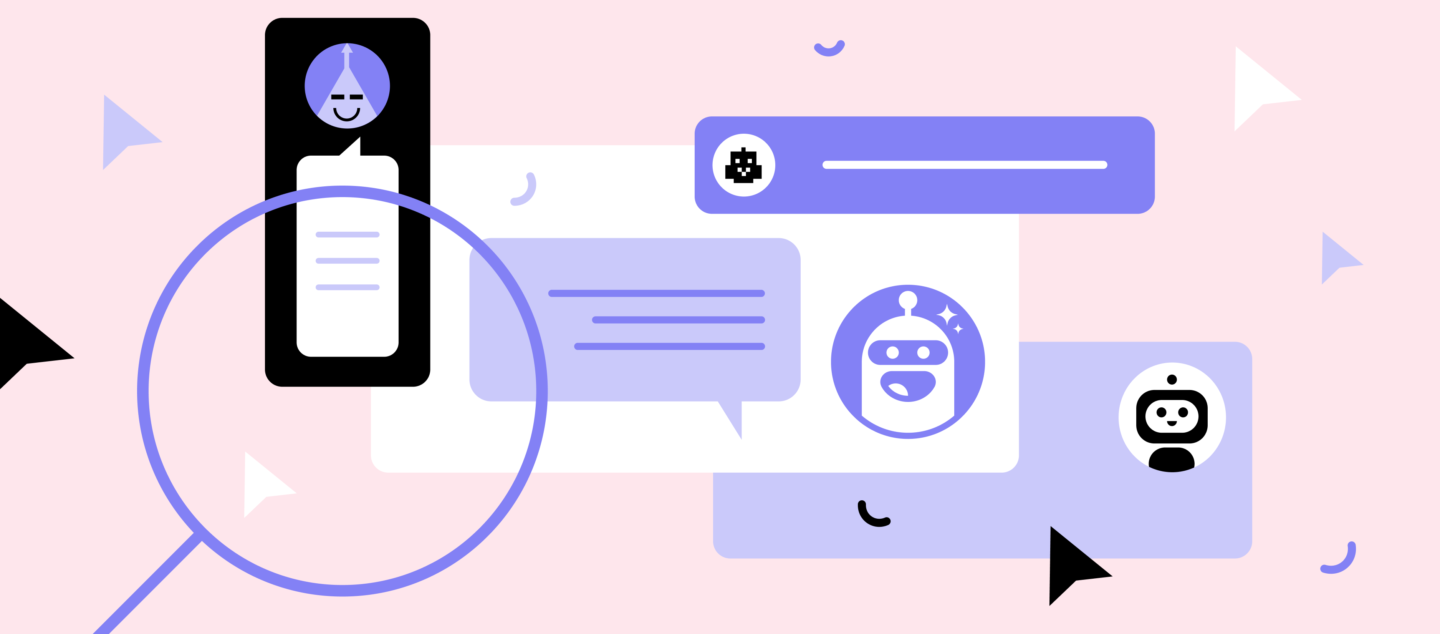
Forget long queues and robotic replies. Today’s customer wants instant answers and real help. That’s where AI customer support steps in.
More than just a trend, AI is reshaping the way businesses manage customer service. It handles repetitive tasks, scales operations, and creates faster, smarter customer interactions — without expanding your team.
What is AI customer support and how does it work
AI customer support uses artificial intelligence to manage routine service tasks and enhance real-time responses across channels. It’s trained on your data — knowledge bases, help docs, past chats — to deliver accurate, context-aware support to your customers.
Think of an AI customer support agent as a digital teammate. It knows your product, understands common requests, and replies instantly. It doesn’t replace human agents, but works alongside them, handling what’s repetitive so your team can focus on what’s strategic.
These tools power everything from AI customer service emails to smart routing and automated follow-ups. One great example? An AI-powered customer support bot that answers order status questions, reschedules deliveries, or pulls up billing info automatically.
Companies using AI for customer service are seeing fewer delays, better CSAT scores, and leaner operations. No wonder this technology is no longer optional — it’s the new normal in modern support workflows.
Perfect — let’s continue with:
Benefits of AI in customer service
When AI steps into the customer service world, the impact is immediate. No burnout. No delays. Just consistent, reliable help. But what does that actually mean for your business?
Here are the top benefits of using AI for support:
- 24/7 availability. An AI customer support agent doesn’t sleep. It answers instantly, no matter the time zone, holiday, or rush hour.
- Scalability. Whether you get 10 or 10,000 tickets a day, AI handles the load without additional hiring.
- Lower operational cost. You reduce the number of repetitive inquiries handled by your agents, freeing them up for complex cases.
- Faster resolution. AI-powered customer support cuts response times and improves SLA across all channels.
- Personalized interactions. Smart bots trained on your data remember preferences and context, offering relevant answers, boosting customer satisfaction.
- Improved consistency. Unlike humans, AI agents don’t forget company policies or product details. The quality stays the same across all service interactions.
And perhaps the most important benefit?
It helps your support teams focus on what really matters: resolving edge cases, supporting high-value clients, and improving the customer experience.
For businesses trying to scale without increasing headcount, AI is a powerful ally. It doesn’t just automate. It empowers. It’s the shift from firefighting to strategic customer engagement.
Now let’s talk about the specific support tasks AI can take off your team’s plate.
Support task #1 — Responding to repetitive customer service inquiries
Not every message needs a human touch. In fact, a large share of customer service work involves saying the same thing — over and over again.
Think of questions like:
- “What’s your return policy?”
- “When will my order arrive?”
- “Do you support integrations with [tool]?”
- “How do I reset my password?”
These aren’t complex. But when asked by hundreds of customers each week, they flood your inbox and overwhelm your support teams.
That’s where AI customer support agents shine.
How Dashly’s AI customer support agent resolves up to 40% of all chats
Dashly’s AI-powered customer service bot is trained on your internal data — help docs, your website, and team answers. It can instantly reply to frequently asked questions, reducing resolution time to mere seconds. No waiting. No agents needed.
You don’t need to write prompts or babysit the bot. The setup takes 3 minutes. From that point on, it handles up to 40% of all customer inquiries in the first response — across your website, messengers, and email.
It’s not just faster, it’s better. AI brings consistency, availability, and cost-efficiency. And when something falls outside the bot’s knowledge, it routes the chat to the right agent — no confusion, no delay.
The result? A smoother customer experience, better service interactions, and more time for your agents to focus on what really needs a human.
Here’s an example of an AI support agent on the website of our client:

Support task #2 — Analyzing and organizing customer data in real time with AI
Modern support teams deal with huge amounts of incoming customer data. Every message, request, or follow-up contains context. But when you’re handling hundreds of conversations a day, it’s easy to lose track.
That’s where AI helps most — by organizing information as it comes in.
Instead of manually tagging chats or pulling analytics, AI support tools can group requests by topic, urgency, or intent. The system doesn’t just react. It builds structure behind the scenes to help teams make sense of growing volumes of customer inquiries.
This matters for one key reason: when your support team has access to clear, organized data, they work faster. They can spot trends, identify issues earlier, and deliver more efficient customer service.
It also improves the customer experience. People no longer have to repeat themselves across channels or explain the same issue to multiple agents. The context is already there — organized and available.
In short, AI becomes the invisible layer that transforms scattered interactions into structured insights. And that makes it easier for businesses to meet customer expectations without scaling the team or increasing cost.
Support task #3 — Smart routing of complex customer chats
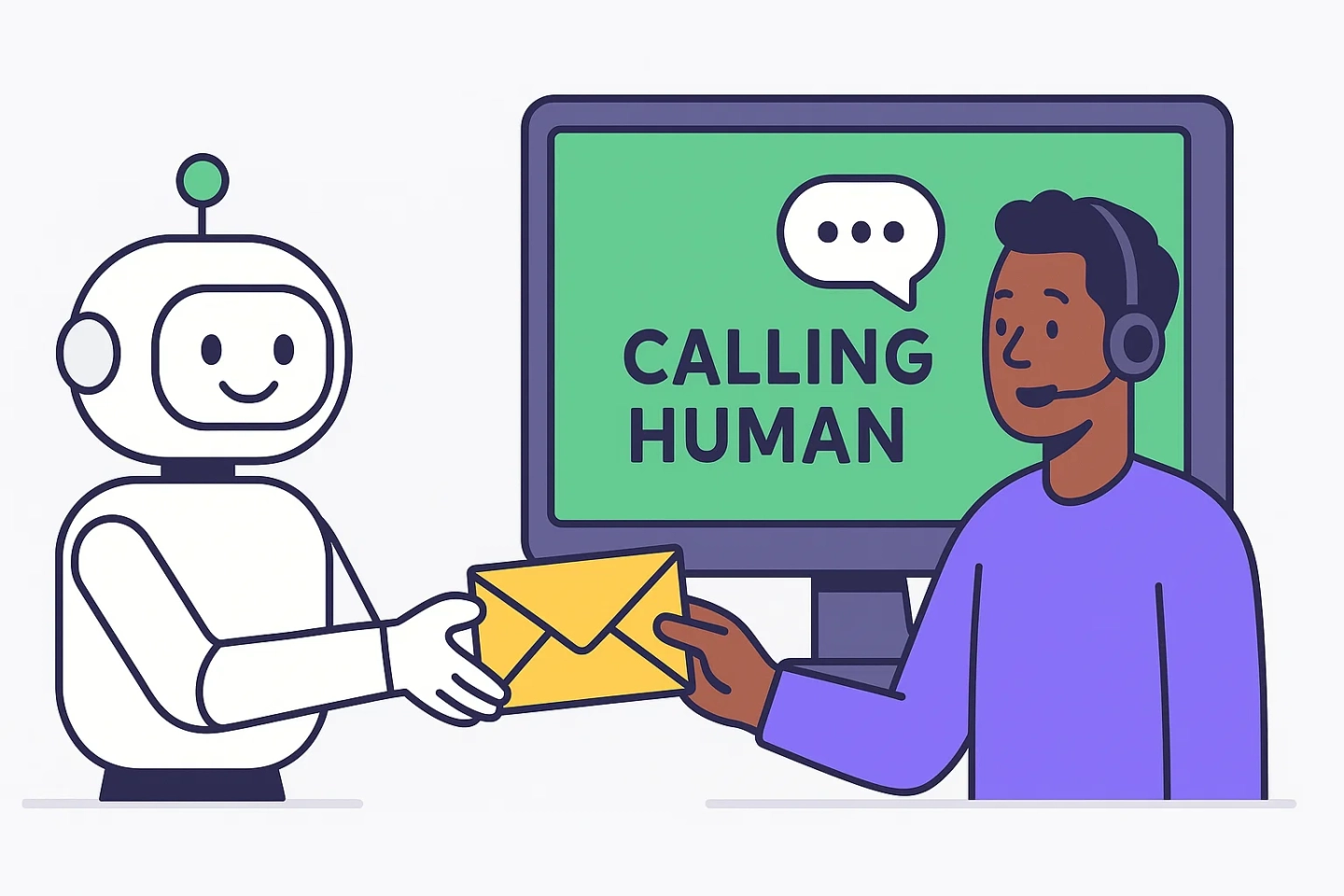
Not every support request can or should be resolved by an AI customer support agent.
Some questions are too complex. Others involve sensitive issues, billing disputes, or custom solutions that require a human touch.
This is where smart routing comes in: a key AI-powered customer support feature that ensures the right agent handles the right customer at the right time.
Here’s how it works.
As a chat begins, AI systems analyze message content and compare it with historical data. If the request matches patterns the AI knows how to handle — like resetting a password or checking an order status — it responds instantly.
But if the inquiry falls outside the trained scope, the AI steps aside. The conversation is escalated to a live agent with the right skills or permissions. This ensures that service interactions feel smooth, not fragmented.
This mix of automation and human assistance reduces customer frustration, keeps first-response times fast, and helps support teams stay focused on cases that really need them.
The result? Faster resolutions, better customer satisfaction, and a smarter way to balance human expertise with scalable automation.
Support task #4 — Automating feedback collection from customers
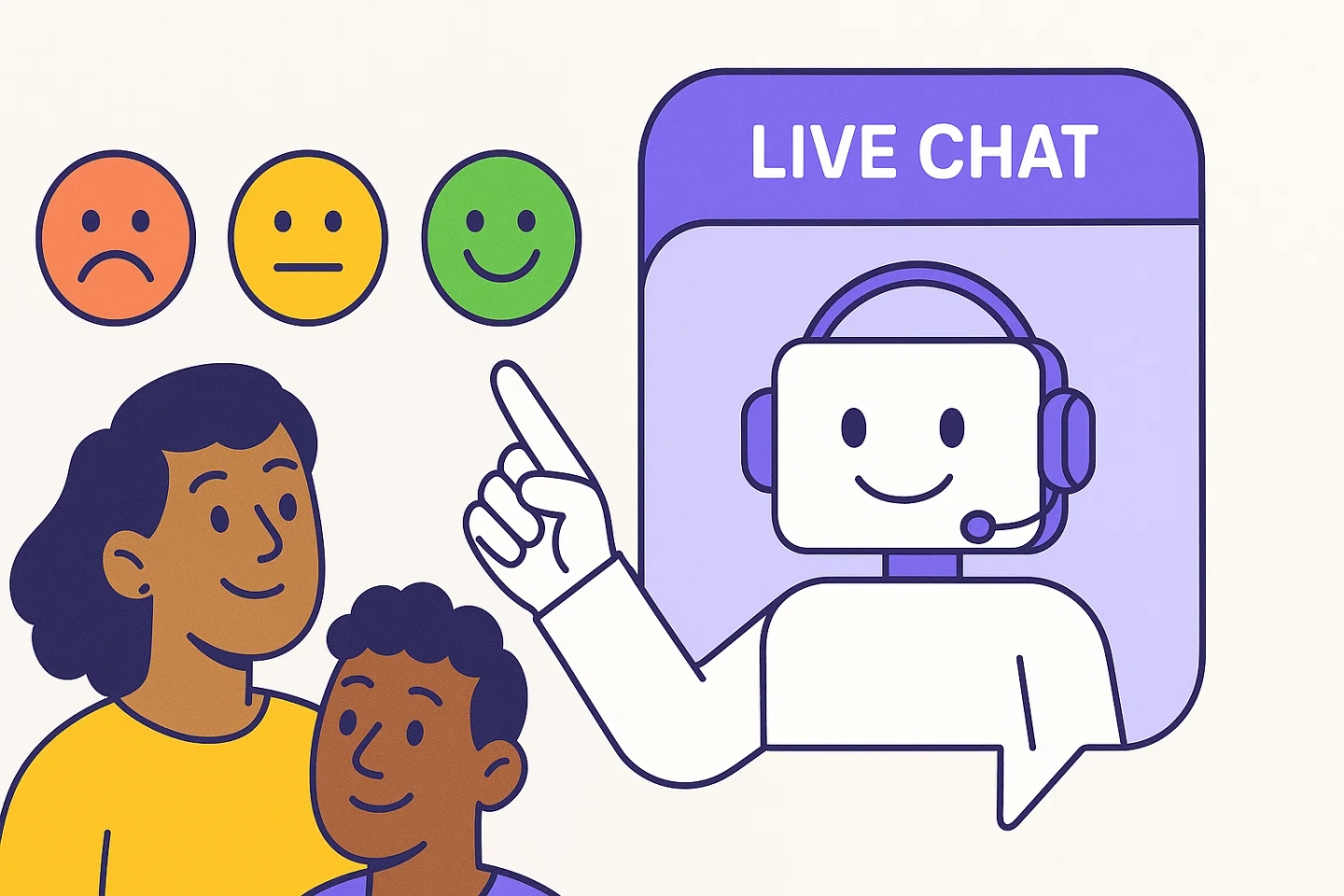
After a service interaction ends, what’s the best time to ask for feedback?
Immediately.
And that’s exactly what AI customer support tools can automate. No delays, no manual follow-up, no forgetting to ask.
AI systems can automatically send a message after a resolved chat, email, or call asking the customer how it went. This might be a short survey, a rating system, or a simple yes/no prompt. The point is — it happens fast, consistently, and without distracting your support team.
Feedback is then analyzed at scale.
What would take a human agent hours to go through manually, an AI can summarize and tag in minutes. It can flag common complaints, spot trends, and even pinpoint parts of the customer experience that need improvement.
All that data becomes your service platform’s superpower, helping your business iterate faster, improve responses, and even enhance customer retention.
The best part? Customers actually respond more often to timely, well-placed feedback requests. With AI, you ask at just the right moment, when the interaction is fresh and the customer is most engaged.
Support task #5 — Proactive chat service to reduce churn
Most customer service teams wait for a message before they respond.
AI flips that.
Instead of being reactive, an AI-powered customer support system can proactively start a chat when it detects potential problems or signs of friction. For example, if a customer has been stuck on the pricing page for too long or keeps revisiting the cancellation form, the AI assistant can initiate a message and offer help.
This type of proactive outreach is proven to reduce churn. Many businesses lose customers not because their product is bad but because nobody stepped in when things got confusing.
Proactive chat service with AI isn’t random spam. It’s driven by actual data and interactions. The bot doesn’t message everyone, just those who show signs of hesitation, frustration, or indecision.
And it doesn’t just ask, “How can I help?” It can offer links to documentation, suggest relevant solutions, or offer to bring in a human agent.
This frees up your support teams to handle high-priority issues while your AI customer support agent takes care of the silent churners.
Real-life examples of AI-powered customer support done right
Still wondering how AI works in practice? These real-world AI in customer service examples show how leading companies are already transforming support with smart, scalable technology.
Alibaba is a standout when it comes to AI-powered customer support. Their proprietary AI assistant, AliMe, handles customer interactions ranging from basic inquiries to order tracking and even personalized product suggestions. This AI customer support chatbot processes millions of messages daily across different service channels — making support faster, more consistent, and cost-effective.
Apple takes a hybrid approach. They use AI to streamline customer service by automating responses to frequent questions and routing more complex problems to human agents. The result? Shorter wait times, more accurate answers, and more time for the support teams to handle sensitive interactions.
Amazon uses AI not just to automate tasks, but to anticipate customer needs. Their recommendation engine is a prime example of using data to personalize the customer experience. By analyzing behavior and past orders, the system enhances customer engagement and boosts customer satisfaction — all without needing to scale the support headcount.
These examples make one thing clear: when done right, AI customer support doesn’t just solve problems — it redefines the way businesses deliver service.
AI support vs human support: Which one wins today’s customer experience battle?
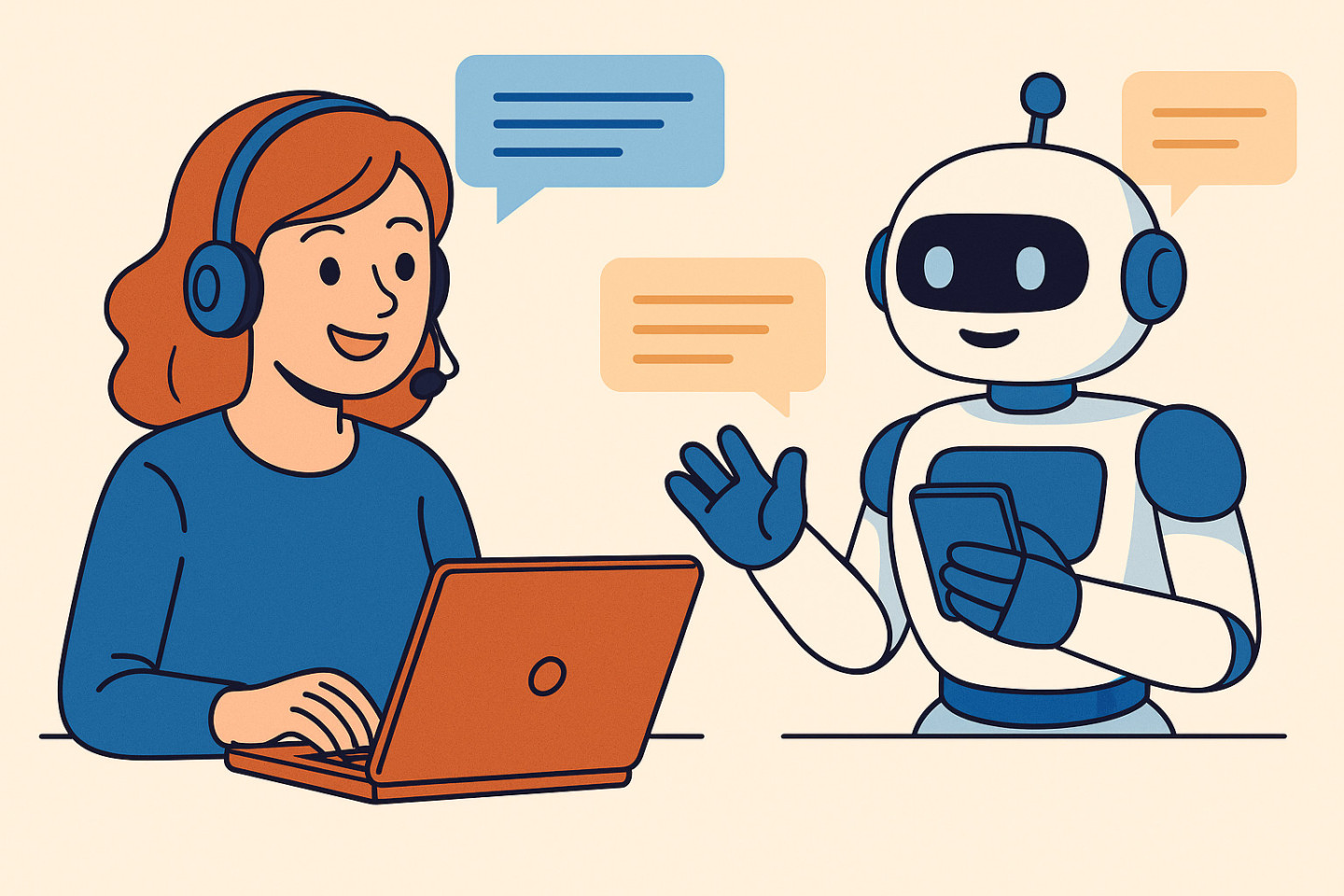
The debate isn’t about replacing humans. It’s about using AI to make customer service faster, smarter, and more efficient — while still keeping a human touch where it matters most.
Let’s break down the key differences.
AI customer support agents excel at speed and scalability. They work 24/7, respond in seconds, and handle thousands of conversations simultaneously. No breaks. No burnout. Ideal for repetitive tasks, basic questions, or routing requests — without the need to hire more agents.
Human support teams, on the other hand, bring empathy and contextual understanding. They can improvise, make judgment calls, and handle emotional or nuanced issues in ways AI simply can’t — yet.
Here’s how AI compares to human support:
- Speed: AI responds instantly, while humans need time to read, type, and think.
- Scalability: One AI agent can handle hundreds of customers at once. A human? Just one at a time.
- Consistency: AI never forgets or improvises. It delivers consistent responses every time.
- Empathy: This is where humans win. For now, AI lacks tone, emotional sensitivity, and improvisation.
- Cost: Long term, AI significantly reduces the cost of support — especially for growing businesses with increasing ticket volume.
In reality, the most effective teams don’t choose one over the other. They blend both — letting AI handle the routine, so agents can focus on complex interactions and creating a better customer experience.
AI customer support tools to explore in 2025
Looking to test AI in your support workflows? Here are three platforms helping businesses build strong, effective AI customer support:
Dashly

Perfect for automating repetitive customer service tasks, Dashly’s AI support agent helps resolve common questions, route complex chats to humans, and collect feedback — all in one service platform. Great for support teams looking to boost efficiency without scaling headcount.
Intercom
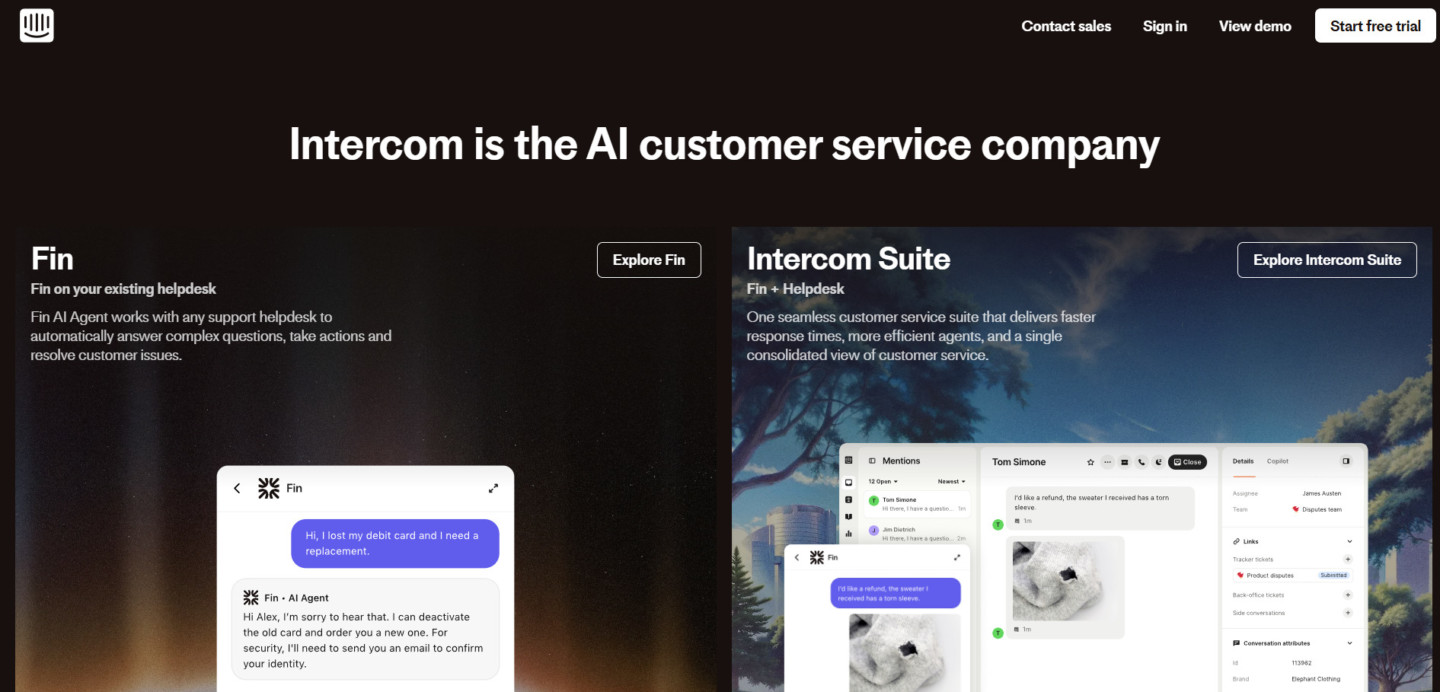
Known for its conversational AI, Intercom combines bots and human agents into one seamless customer support experience. It excels in proactive customer engagement, onboarding automation, and smart chat routing for high-volume businesses.
Zendesk
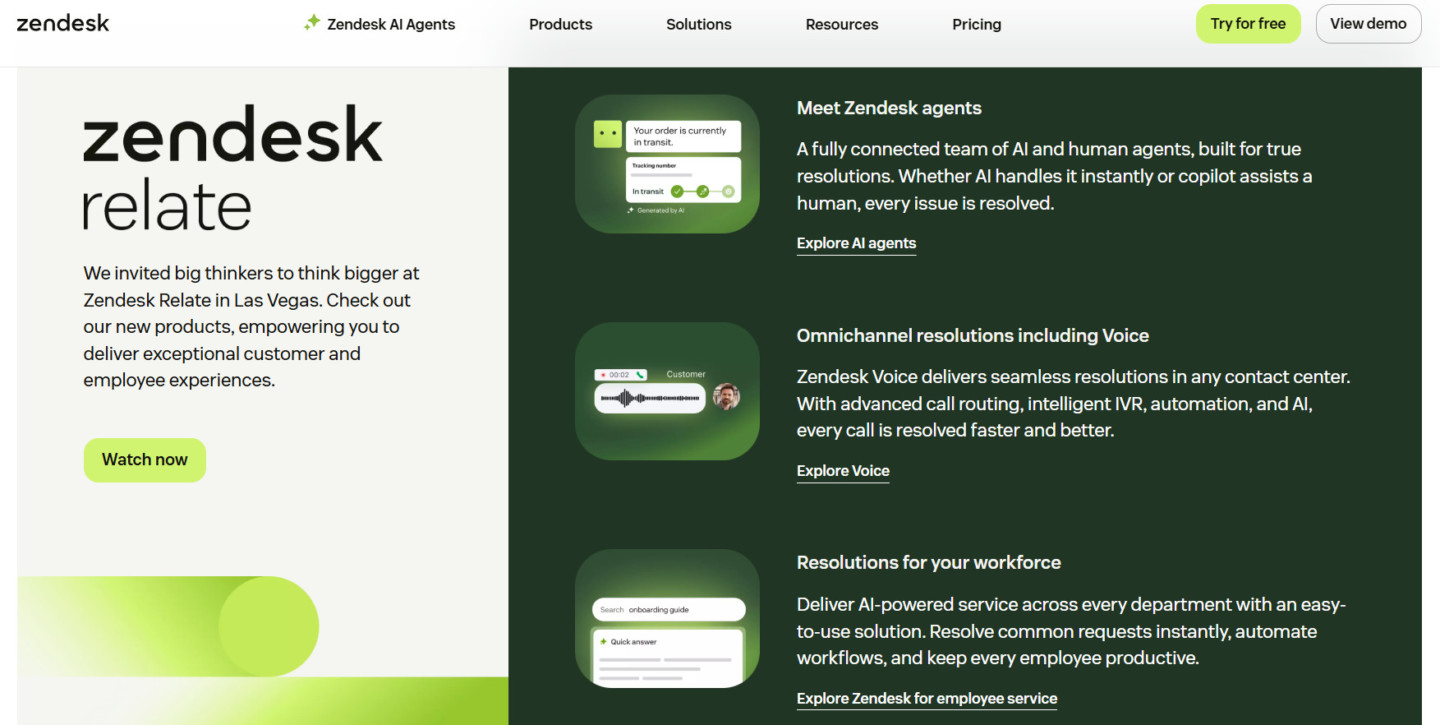
With a focus on integrated support, Zendesk’s AI-powered suite handles ticket classification, auto-replies, and customer behavior analysis. Its strength lies in combining historical data with automation for faster, more accurate service interactions.
Each tool has its strengths — whether you’re trying to reduce reply times, automate the basics, or scale smarter. The key is to choose what fits your team’s current service challenges and growth goals.
How to choose the right service platform for your business
Choosing the right service platform starts with identifying your team’s biggest bottlenecks. Are your agents overwhelmed by repetitive tickets? Do you need better data to understand customer interactions? Or are you looking to reduce cost while maintaining customer satisfaction?
Look for tools that match your goals. Need speed? Pick a platform that automates replies and routes chats efficiently. Prioritizing personalization? Choose an AI customer support agent trained on your internal knowledge base.
Scalability matters too. The best AI-powered customer support tools grow with you — offering integrations, analytics, and customization options without complicating workflows.
Finally, check for a short learning curve. Your support teams should be able to adopt it quickly, not spend weeks in training.
In short, the right tool helps you deliver better customer service, not just more services.
Conclusion: Why it’s time to enhance customer experience with AI
AI customer support transforms customer service by automating routine tasks, improving response times, and boosting customer satisfaction. It helps support teams scale without extra hires. Start small, test your data, and choose a service platform like Dashly to enhance customer interactions and reduce pressure on your agents.
FAQ about AI customer support, training, and rollout
It’s the use of artificial intelligence like chatbots and AI agents to automate responses, resolve repetitive tasks, and streamline customer service processes. It helps teams respond faster and support more customers without extra hires.
The best AI depends on your needs. Dashly is great for quick setup and smart routing. Intercom excels in automation and workflows. Zendesk offers deep ticketing features with AI assistance. Choose based on your support volume, tech stack, and goals.
Alibaba’s AliMe chatbot helps millions of customers track orders, get answers, and find products. Amazon uses AI to recommend items and manage support at scale. These tools show how companies use AI to boost speed and customer satisfaction.
No, it enhances it. AI handles routine requests so human agents can focus on complex cases. It reduces response time, but people still play a key role in delivering quality customer care.



